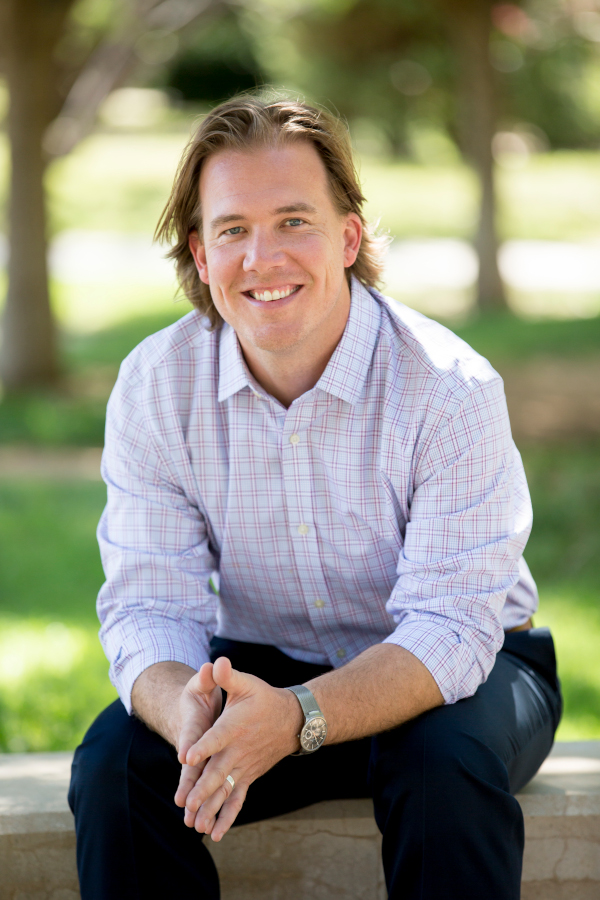In APL Bioengineering, researchers create a biomimetic model to study wound healing in burn and laceration wounds. The team designed an in vitro model system made of fibroblasts embedded in a collagen hydrogel. Wounds were created in this microtissue using a microdissection knife to mimic laceration or a high-energy laser to simulate a burn. They discovered that fibroblasts clear away damaged tissue before depositing new material. This part of the healing process is slower in burn wounds.
Tag: Wound

Hydrogel Promotes Wound Healing Better Than Traditional Bandages, Gauzes
For explosion wounds as well as some incurred in disasters and accidents, severe hemorrhage is a leading cause of death. Hydrogel dressings, which have advanced in recent years, may help; they are good at promoting wound healing and can better meet the demands of different situations. Many are antibacterial, biodegradable, responsive, and injectable and can fill irregularly shaped wounds. In APL Bioengineering, researchers in China examine some of the recent advances.

Researchers Say Genetics May Determine Wound Infection and Healing
In a first-of-its-kind study, researchers have determined that genetics may play a role in how wounds heal. Caleb Phillips, an assistant professor at Texas Tech University and director of the Phillips Laboratory in the Department of Biological Sciences, and doctoral student Craig Tipton led the study, “Patient genetics is linked to chronic wound microbiome composition and healing,” published Thursday (June 18) in the open-access, peer-reviewed medical journal PLOS Pathogens.